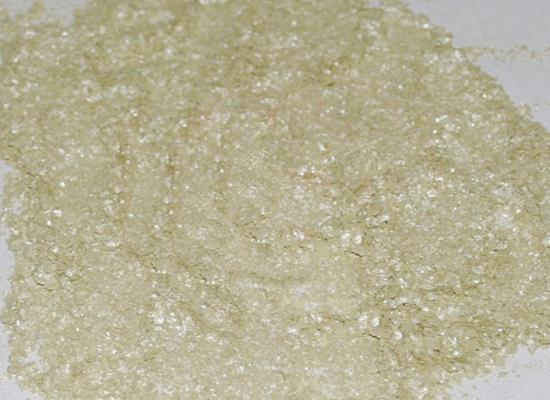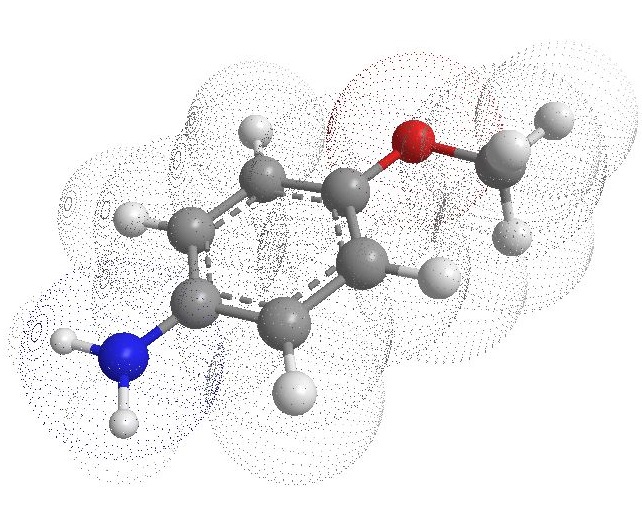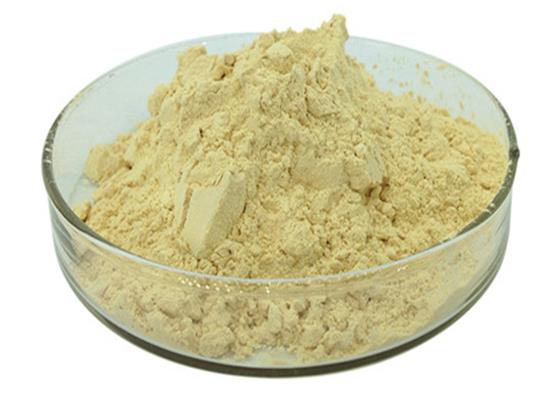p-Anisidine: Natural Occurrence and Application in Chemical Detection
General Description
p-Anisidine, an aromatic amine compound, is naturally occurring and sourced primarily through microbial fermentation in plants. Its presence in food items like beer and wine, as well as in environmental matrices such as soil and water, underscores its ubiquity. In analytical chemistry, p-Anisidine plays a pivotal role in the detection and quantification of copper(III) ions. It forms a distinctive colored complex with copper(III), allowing for rapid qualitative analysis and spectrophotometric determination. The absorbance of the colored complex at 533 nm enables quantitative measurement within a specific concentration range, following Beer's law principles. Additionally, p-Anisidine serves as a reliable spot test for preliminary screening of copper(III) ions in samples. Overall, its natural occurrence and applications in chemical detection highlight p-Anisidine's significance in both environmental and analytical contexts, providing valuable insights into its distribution, ecological importance, and utility in chemical analysis.

Figure 1. p-Anisidine
Natural Occurrence
p-Anisidine, an aromatic amine compound, occurs naturally in diverse sources. Primarily, it is generated through microbial fermentation of specific plants. This process yields varying quantities of p-Anisidine, contributing to its presence in natural ecosystems. Additionally, this compound is detected in small proportions within certain consumables like beer and wine, possibly originating from the fermentation of ingredients containing precursors to p-anisidine. The compound's occurrence in these food items underscores its natural ubiquity and suggests a potential role in food chemistry. Moreover, p-Anisidine is found in trace amounts in environmental matrices such as soil and water. This presence can be attributed to natural decomposition processes of organic matter, wherein precursor molecules break down to yield p-anisidine among other by-products. These environmental reservoirs serve as additional sources of p-Anisidine albeit in minimal concentrations. In summary, p-Anisidine's natural occurrence spans microbial fermentation processes in plants, presence in certain food items due to fermentation, and its trace amounts in environmental niches resulting from organic decomposition. Understanding these natural sources provides insights into the compound's distribution, ecological significance, and potential implications for human exposure through diet and environmental contact. 1
Applications in Chemical Detection
The utilization of p-Anisidine in chemical detection methods, particularly in the spectrophotometric determination of copper(III), demonstrates its significance in analytical chemistry. In the detection and quantification of copper(III) ions, p-Anisidine plays a crucial role as a reagent, facilitating the formation of a distinctive colored complex. When 0.2% aqueous p-Anisidine is introduced to copper(III) solutions in the presence of 0.03N acetic acid, an immediate formation of a stable pink-colored product occurs. This reaction is pivotal for its applicability in detecting the presence of copper(III) ions in various samples. The distinct color change serves as a visual indicator of the presence of copper(III), enabling rapid qualitative analysis. Furthermore, the spectrophotometric determination of copper(III) using p-Anisidine involves measuring the absorbance of the resulting colored complex at a specific wavelength. In this case, the wavelength of maximum absorption is determined to be 533 nm. This characteristic absorption peak allows for quantitative analysis of copper(III) concentrations in solution. The application of Beer's law in this context indicates that the formation of the colored complex between p-anisidine and copper(III) follows a linear relationship within a certain concentration range. Specifically, the spectrophotometric method obeys Beer's law up to 0.89408 g of copper(III), providing a reliable quantitative measurement within this range. Moreover, p-Anisidine is recommended as a spot test for copper(III), offering a simple and effective means of preliminary screening for the presence of copper(III) ions in samples. In summary, the use of p-Anisidine in the detection and spectrophotometric determination of copper(III) showcases its importance as a reagent in analytical chemistry. Its ability to form a distinct colored complex allows for both qualitative and quantitative analysis of copper(III) concentrations in various samples, making it a valuable tool in chemical testing and analysis. 2
Reference
1. Nath A I.V, Nair AS. Fingerprint-based similarity search identified p-anisidine as an anticancer agent in HeLa and a prospective phytochemical ETV1 transcription factor inhibitor. J Biomol Struct Dyn. 2021; 39(14): 4973-4980.
2. Murthy NK, Murthy BS. Detection and spectrophotometric determination of copper(III) with p-anisidine. Talanta. 1995; 42(1): 101-103.
);You may like
Related articles And Qustion
Lastest Price from p-Anisidine manufacturers

US $0.00-0.00/KG2024-04-12
- CAS:
- 104-94-9
- Min. Order:
- 1KG
- Purity:
- 99%
- Supply Ability:
- 200kg Per Drum

US $0.00/kg2023-12-11
- CAS:
- 104-94-9
- Min. Order:
- 1kg
- Purity:
- 99%
- Supply Ability:
- 20tons




